
Account
Country
AUDI A8/S8/RS8
AUDI R8
Audi Q8/SQ8

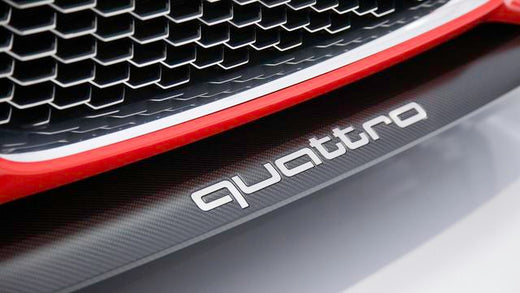

Back in 1977, Audi's chassis engineer, Jörg Bensinger, got the idea for a car that could drive in snow as well as the VW Iltis military vehicle could. He thought of making a road car that always used all four wheels for moving, not just two. Bensinger, with the help of project director Walter Treser and under the watch of chief technical director Ferdinand Piëch, started working on a new car. They took an Audi 80 and tried to fit it with the Iltis' driving system.
Their first tries showed that using all-wheel drive could work, but there was a problem: the car locked axles compromised handling. They wanted to fix this without making the car too heavy or complicated. The breakthrough came from Franz Tregler, the lead on transmission design. He suggested adding a special shaft inside the gearbox that let power go to both the front and back wheels through differentials. This fixed the handling problem and was the moment the Quattro system was truly born.
Related: The Evolution Of Audi S6
Haldex and Torsen AWD systems differ primarily in how and when they deliver power to the wheels:
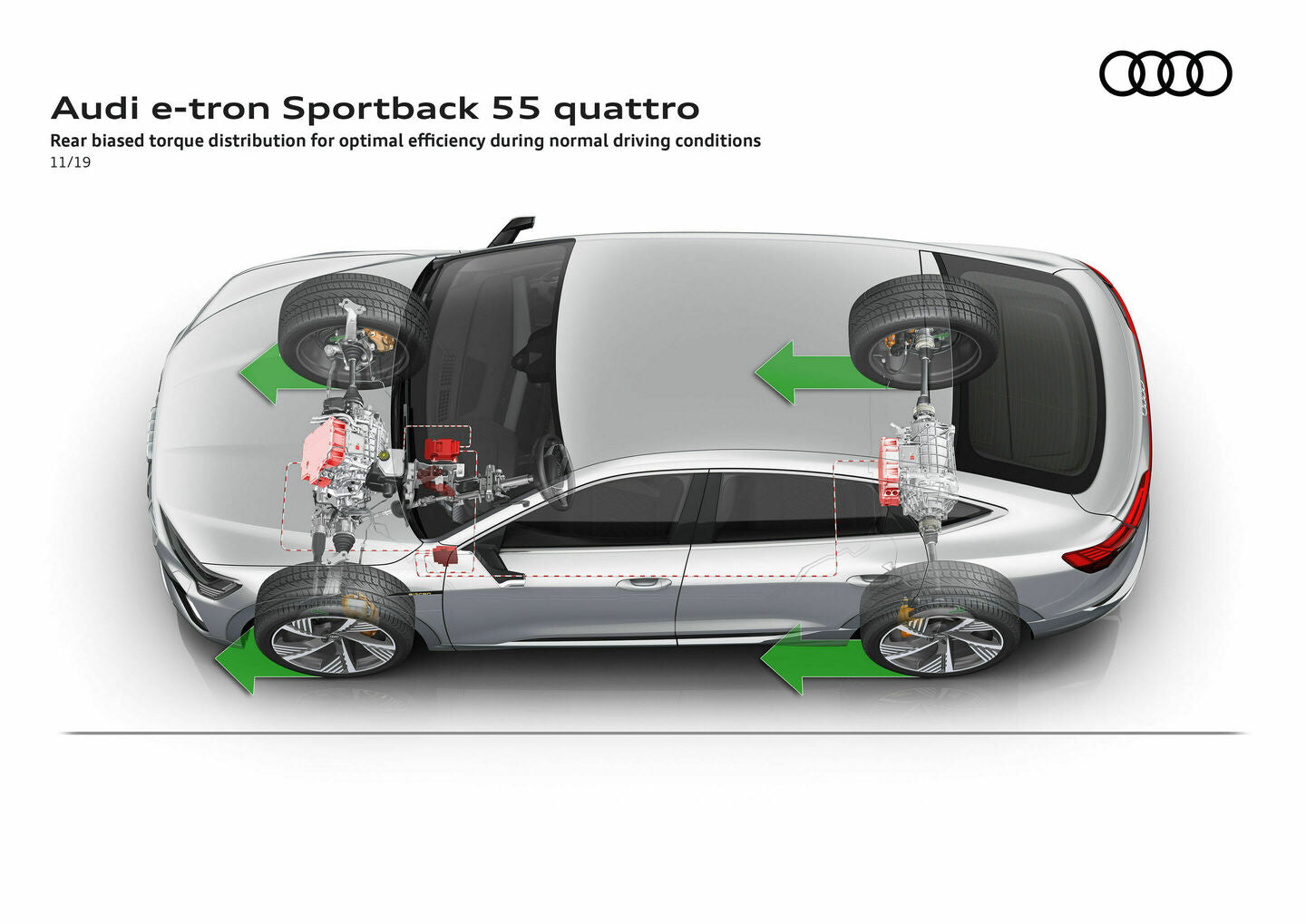
Fun Fact: Electric vehicles can accelerate quickly and handle sharply because they often use electric motors with no need for a transmission. They got 1 gear and almost instant torque delivered to the wheels.
Related: Best Mods For Audi B9 S5
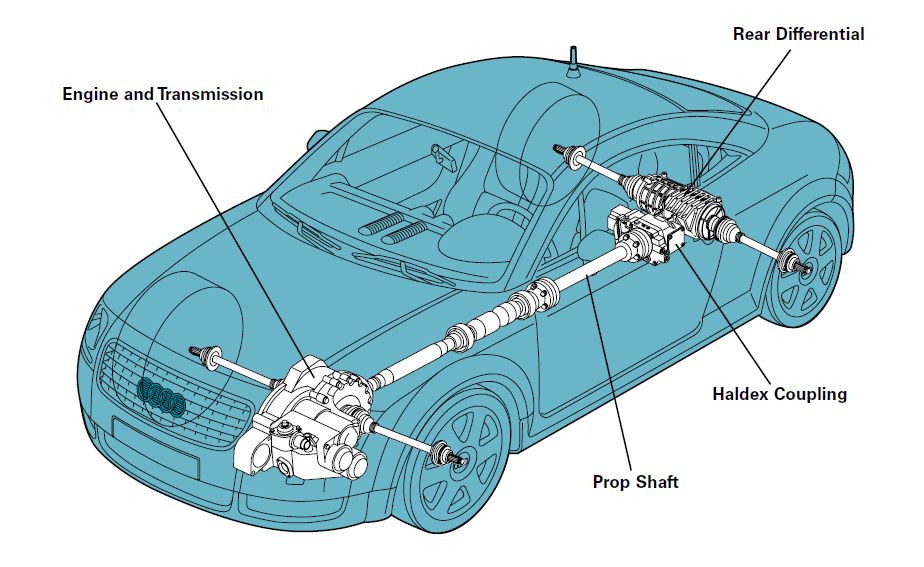
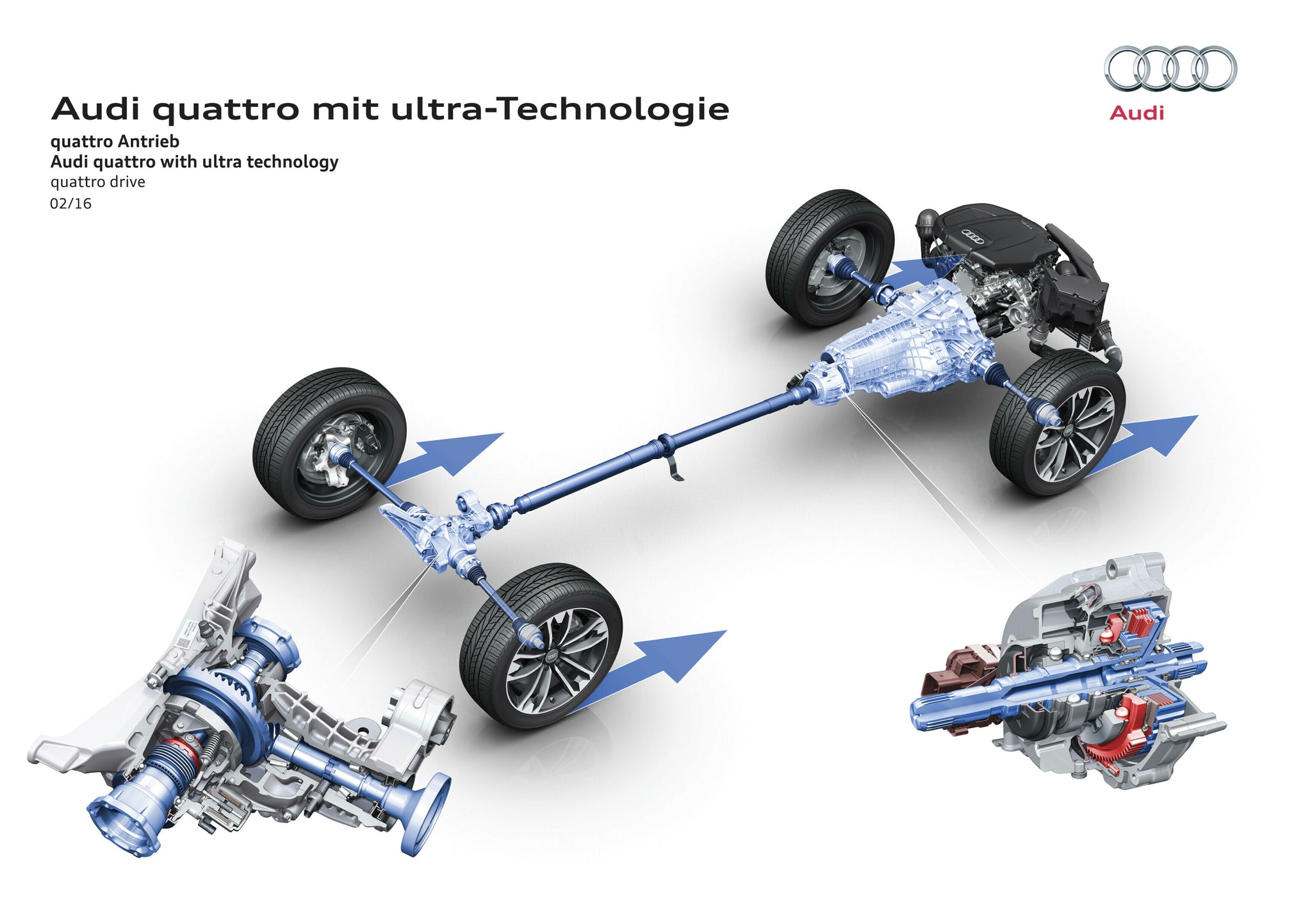
Related: Audi S4 Evolution
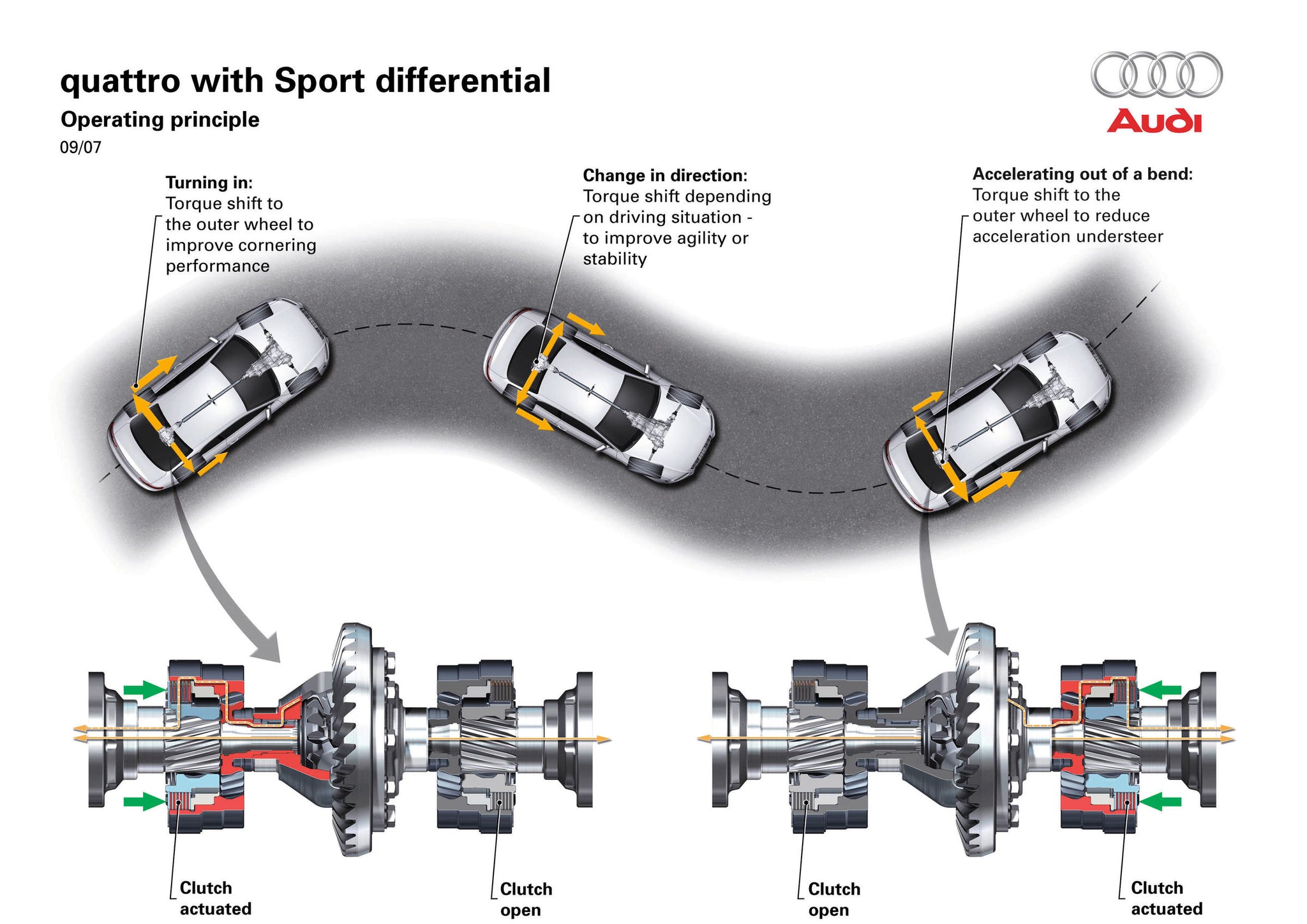
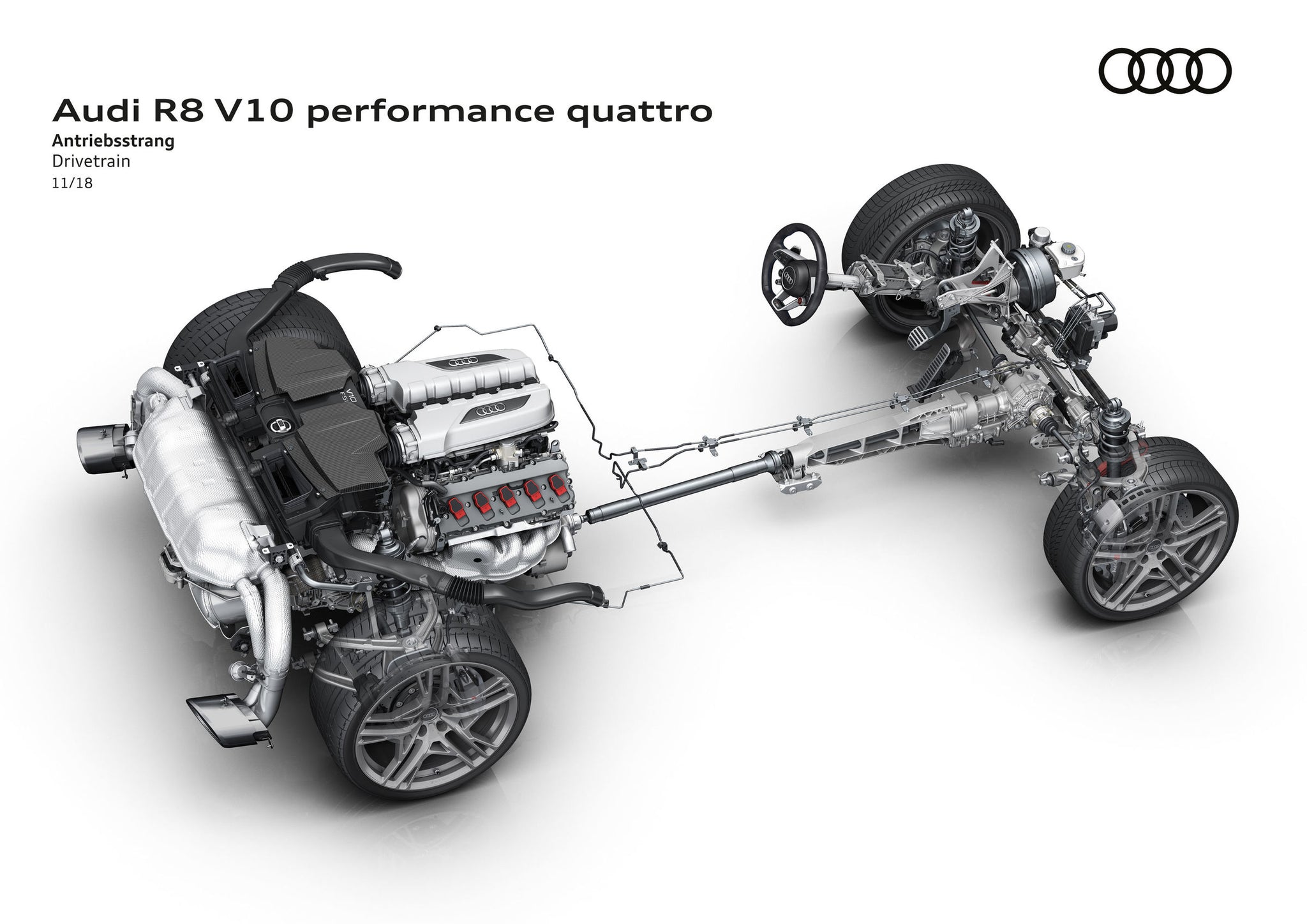
Related: Best Audi's To Mod
The Torsen (TORque SENsing) differential stands out in the automotive world for its unique approach to distributing power between the wheels of a vehicle, especially under varying driving conditions.
Unlike conventional differentials that might struggle with traction loss on one wheel, the Torsen differential employs a sophisticated gear mechanism to ensure that power is always directed to the wheel (or wheels) with the most grip. This is achieved without the need for electronic sensors or controls, relying instead on the mechanical interaction of its internal components.
At its core, the Torsen differential uses helical gears or worm gears to create a variable locking effect that can transfer torque from a wheel with less traction to one with more.This process is automatic and instantaneous, thanks to the mechanical properties of the gears within the differential.
When one wheel begins to lose traction and spin more freely—such as on ice or mud—the differential's gears respond by redirecting more torque to the wheel with better contact with the road.

Audi has incorporated Torsen differentials into many of its Quattro-equipped vehicles over the years, particularly in models where performance and handling are paramount. Vehicles like the Audi S4, S5, and the high-performance RS6 Avant benefit significantly from the Torsen differential's ability to provide superior traction and handling dynamics. These cars are not only fast but also exhibit a level of agility and confidence in corners that sets them apart from competitors.
Related: Audi S3 Evolution
Audi's Quattro Ultra represents a significant leap in the evolution of all-wheel-drive (AWD) technology. Moving away from the traditional Torsen system that has been a hallmark since 1980, the Quattro Ultra introduces an intelligent mechanism that selectively powers the rear wheels only when necessary.
This innovative approach ensures the vehicle operates more efficiently, conserving fuel by minimizing the operational load of the AWD system under normal driving conditions.

The genius behind Quattro Ultra lies in its constant monitoring of your driving dynamics. It assesses every tiny detail of how you drive, moment by moment. If it determines that AWD isn't required, it seamlessly shifts to front-wheel drive, conserving fuel.
Yet, at the first hint of reduced traction or stability, such as during wet or snowy conditions, it instantly reactivates AWD, ensuring you have the grip and safety you need.
Related: Best Aftermarket Mods For Audi A6 C7 & C7.5 2012-2018
At the core of Quattro Ultra is a cutting-edge clutch mechanism linked directly to the transmission. This clutch can swiftly engage or disengage the rear wheels based on the current driving requirements, significantly reducing unnecessary drag and enhancing fuel efficiency. Moreover, the system isn't just reactive; it's predictive, thanks to a wealth of data from the vehicle's sensors and navigation system. This allows it to anticipate your need for AWD even before you do, ensuring optimal driving dynamics at all times.
Not only does the Quattro Ultra system offer a smarter and lighter solution to AWD, making your Audi more enjoyable and efficient to drive, but it also boasts potential fuel savings that accumulate significantly over time. Its smooth integration means that many drivers may not even notice the transition between driving modes, allowing for an uninterrupted and enjoyable driving experience.
Taking innovation a step further, Audi's Quattro Ultra system adapts to your unique driving style. By analyzing how you handle the car in various conditions—whether you're accelerating hard out of corners or cruising calmly—it customizes its operation to match your preferences. This tailored approach ensures that the switch between FWD and AWD is not only seamless but also perfectly aligned with how you like to drive, offering a personalized touch that anticipates your every need on the road.
The Haldex-based Quattro system, utilized by Audi, represents a sophisticated approach to all-wheel drive (AWD) technology, particularly suited to vehicles with transverse engine configurations. This system is fundamentally different from the traditional Quattro systems that employ Torsen differentials, offering unique advantages in terms of flexibility, responsiveness, and efficiency. Here's a deeper look into how the Haldex-based Quattro operates and its application in Audi's lineup:
The core of the Haldex-based Quattro system is the Haldex coupling, an active on-demand AWD system. Unlike the continuous AWD provided by Torsen differentials, the Haldex coupling can dynamically distribute power between the front and rear wheels based on driving conditions and traction requirements. The system predominantly operates in front-wheel drive (FWD) under normal driving conditions for enhanced fuel efficiency. When the system detects slippage at the front wheels—indicating a loss of traction—it can instantly redirect torque to the rear wheels, improving grip and stability.
Related: Why You Need To Get Rid Of Your Gutted Catalytic Converters

Audi employs the Haldex-based Quattro system in a range of models, especially those built on platforms shared with other Volkswagen Group vehicles, such as the Audi A3, TT, and certain Q models. These vehicles benefit from the adaptable nature of the Haldex system, which supports their performance and handling characteristics without compromising on efficiency.
The Haldex-based Quattro system is particularly advantageous for vehicles that may not always need the full capabilities of AWD, such as compact cars and crossovers that are primarily used in urban or light-duty driving conditions. It offers a perfect blend of everyday usability and the performance edge that comes with AWD, making it an excellent choice for drivers who want the added safety and handling benefits of AWD without a significant impact on fuel economy.
Choosing between Torsen and Haldex AWD systems often boils down to personal preference and driving style. In many online discussions, the Torsen system emerges as a favorite for its robust all-wheel drive capabilities.
While its design supports compactness and fits well with transversely mounted engines, reliance on electronic controls means a simple electronic fault could compromise AWD functionality. Despite being front-drive based, adding the weight of an AWD system without the benefits in traction, cornering, or engine braking in non-slip conditions. Haldex is favored for its efficiency in daily driving scenarios but does require more frequent maintenance.
Ultimately, the decision is influenced by what drivers value most: the Torsen system’s unparalleled grip and performance, ideal for those prioritizing dynamic driving and handling, or the Haldex system’s efficiency and adaptability, suited for everyday usability and compact vehicle design.